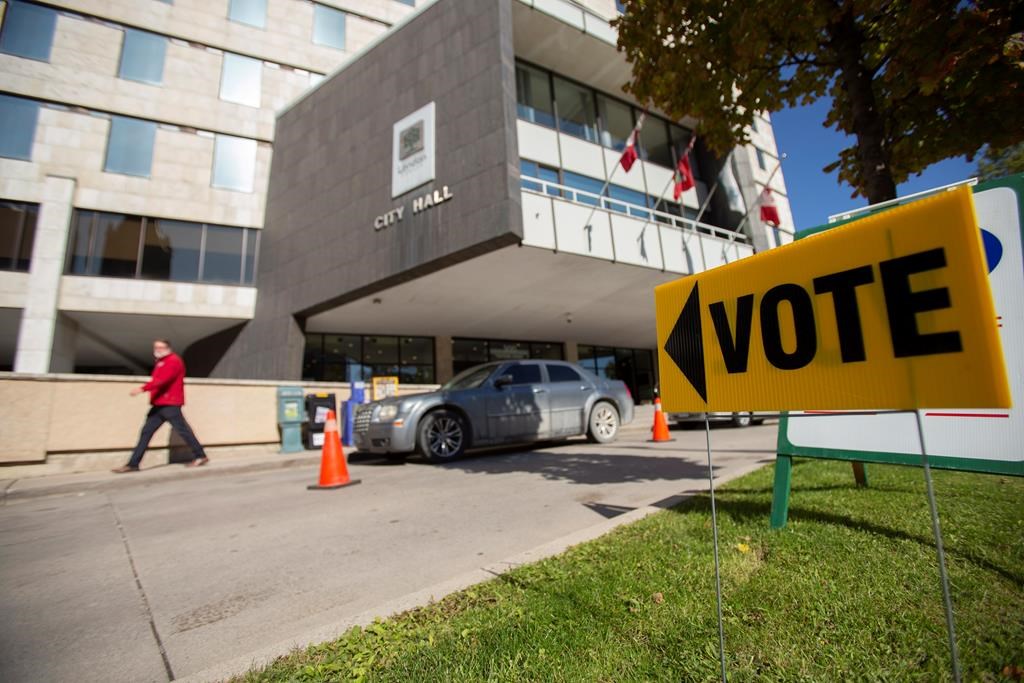Ranked ballots may not be gone after all, following a move by London’s acting deputy mayor and incoming deputy mayor at Tuesday’s city council meeting.

During the Tuesday night meeting, Ward 4 Coun. Jesse Helmer and Ward 7 Coun. Josh Morgan introduced a motion to have Mayor Ed Holder write a letter to the premier to object to a decision to eliminate ranked ballots.
“We spent a lot of money to do the consultation and education around the switch, and those were one-time costs that we don’t have to incur all the time,” Helmer said.
“It seems to be very wasteful to throw away that investment in making the change after just one election — doubly so if we were forced to do it by another level of government.”
Morgan said he was surprised by the decision and that it was counter to previous statements made by the premier about empowering municipalities.

Get breaking National news
“I was disappointed when I saw the approach taken on this particular item, given the level of consultation that leads to the change in the first place,” Morgan said.
City politicians voted 14-1 in favour of the motion, with Ward 6 Coun. Phil Squire the only one opposed.
Squire was opposed to rank balloting before it was implemented for the 2018 election.
“I like to be consistent in my votes,” Squire said.
“When a vote is taken, and it was taken last time, I can understand why my colleagues want to continue to support the decision they had on ranked balloting, so I have no problem with the motion, but I cannot support it.”
In 2018, London become the first municipality in the county to use ranked ballots in an election. Since then, other municipalities like Toronto and Kingston have also looked into making the switch.
Last week, the Ontario government introduced a bill that would prevent municipalities from using ranked ballots in the next civic election.
At the time, the government said the measure would keep the electoral process constant across municipal, provincial, and federal elections.
Ranked balloting is a voting system in which voters rank their choices on a ballot in a sequence, such as their first choice, second choice, third choice, and so on, instead of voting for only one candidate.
— With Files from Natalie Lovie Global News and the Canadian Press











Comments